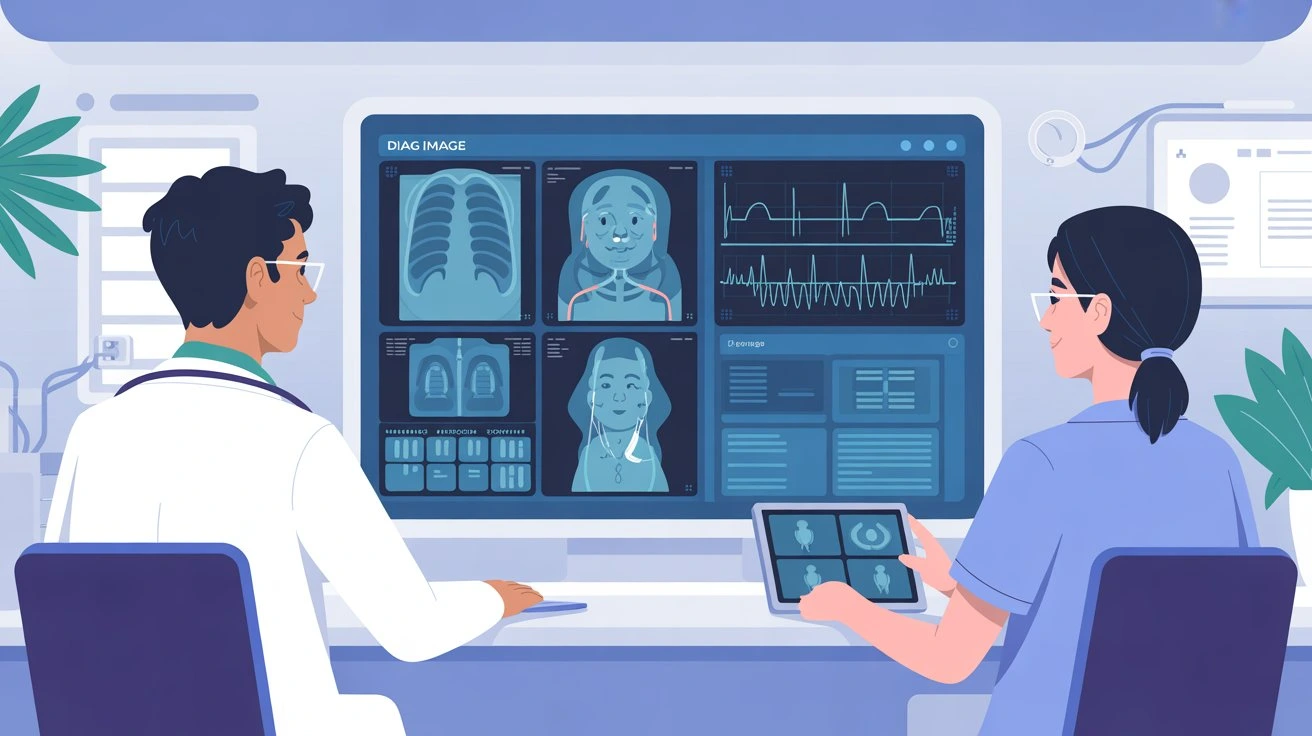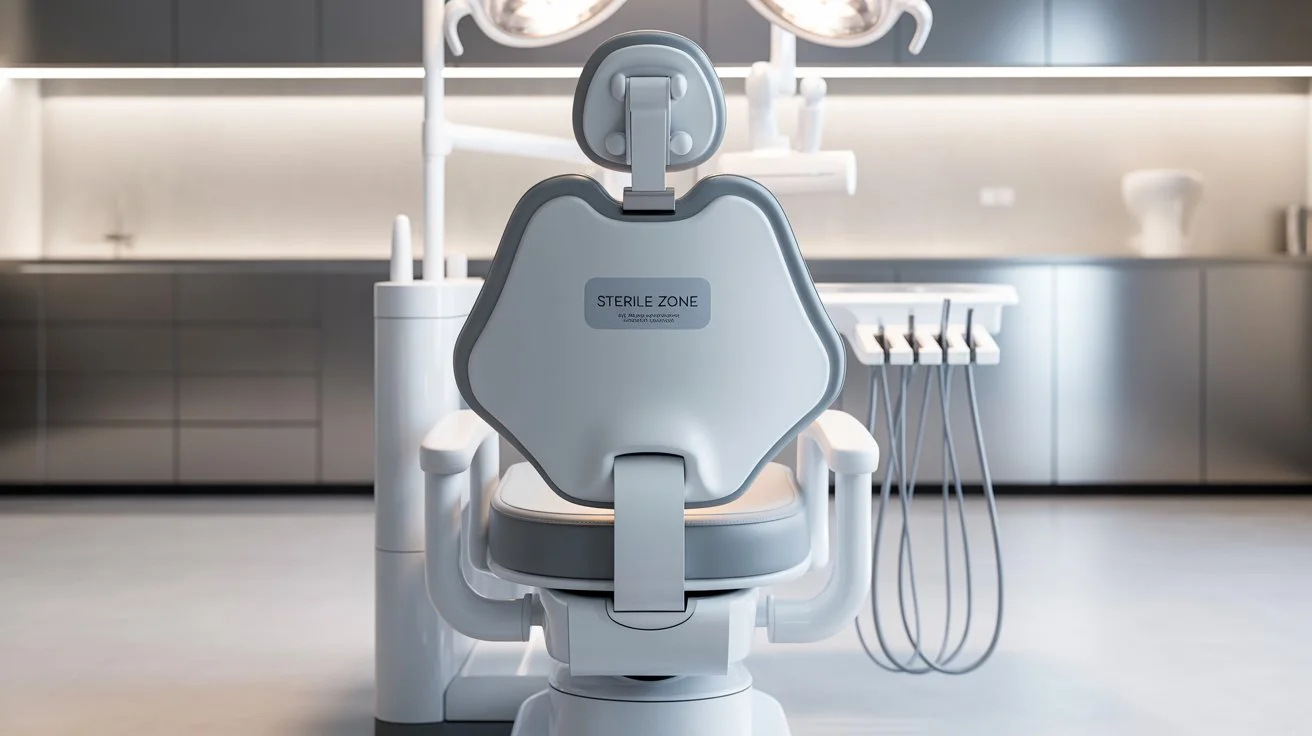A diag image plays a vital role in technology and healthcare. It refers to diagnostic images or snapshots that reveal hidden details used to identify, evaluate, and solve issues. In technology, diag images are structured data or reports generated by diagnostic tools. In healthcare, they represent imaging scans such as X-rays, MRIs, and CT scans that show internal body conditions.
The common factor across industries is that diag images reduce guesswork and speed up decision-making. Whether it is diagnosing a smartphone fault or identifying a fracture in the human body, diag images serve as the foundation for accurate, reliable solutions.
Importance of Diag Image in Modern Systems
In today’s world, problems in devices and health systems cannot be left unchecked. Technology drives daily life, and healthcare saves lives. A diag image bridges the gap between uncertainty and clarity.
For instance, technicians use diag images to pinpoint whether an issue in a computer lies in the hardware or the software. Similarly, doctors rely on medical diag images to decide if a patient requires surgery, medication, or further observation. By offering visibility into complex systems, diag images empower professionals to act with precision.
Definition of Diag Image
A diag image can be defined as a diagnostic representation — either data-based or visual — that captures the state of a system, machine, or body part for analysis.
In technology, it includes system logs, error reports, and performance snapshots. In healthcare, it refers to diagnostic medical images captured by specialized equipment. Both forms share the purpose of guiding accurate detection and decision-making.
Diag Image in Technology
In technology, diag images are widely used to troubleshoot and optimize devices. A smartphone, for example, may generate a diag image containing detailed hardware readings, battery health indicators, storage conditions, and error codes.
Engineers and support teams analyze these diagnostic snapshots to determine whether an issue can be fixed with a software update, configuration change, or physical repair. Without such images, troubleshooting would take longer and involve unnecessary guesswork.
Diag images in technology also play a key role in preventive maintenance, helping businesses and users identify potential failures before they become major problems.
Diag Image in Healthcare
In healthcare, diag images are essential tools for medical diagnosis. Unlike in technology, these are real images — scans captured by machines like MRI, CT, or X-ray equipment.
They allow doctors to view inside the body without invasive surgery, making it easier to identify fractures, organ damage, infections, and even tumors. A diag image in this context ensures that treatments are based on visible evidence rather than assumptions.
For example, detecting a small tumor early through a diag image may save a life by enabling timely intervention. The same applies to detecting bone fractures or internal bleeding that might otherwise remain hidden.
Benefits of Diag Image
Diag images come with wide-ranging advantages across both industries:
Accuracy: They reduce reliance on assumptions by providing clear evidence of problems.
Speed: Quick access to diagnostic details saves valuable time in both system repair and patient treatment.
Cost-effectiveness: Early detection prevents small issues from becoming expensive failures.
Documentation: Diag images serve as records that can be reviewed, compared, and shared for better outcomes.
Challenges of Using Diag Image
Despite their benefits, diag images face challenges. In technology, misinterpretation of diag data can lead to incorrect fixes. In healthcare, poor-quality scans or human error in interpretation may cause misdiagnosis.
Security is another pressing issue. Since diag images often contain sensitive data, protecting them from unauthorized access is critical. Whether it’s patient medical scans or proprietary system reports, safeguarding diag image data is non-negotiable.
Applications of Diag Image in Technology
Diag images are used in multiple areas of technology:
- Smartphones: Identifying faulty batteries, processors, or storage units.
- Computers: Diagnosing errors in operating systems, drivers, or hardware components.
- Automotive Systems: Capturing diagnostic images of sensors and engine parts.
- Industrial Equipment: Ensuring machines operate within safety and efficiency standards.
Each of these applications demonstrates how diag images streamline problem-solving and optimize performance.
Applications of Diag Image in Healthcare
In healthcare, diag images are indispensable in:
- Emergency Rooms: Quickly detecting fractures, bleeding, or trauma.
- Neurology: Identifying brain tumors or strokes through MRI scans.
- Cardiology: Detecting heart conditions using advanced imaging.
- Oncology: Monitoring cancer progression and treatment outcomes.
These applications highlight how healthcare diag images directly influence patient care and survival rates.
Step-by-Step Use of Diag Image in Technology
To understand how diag images work in a tech environment, consider the following process:
Running Diagnostics: A technician launches a diagnostic tool on the device or system.
Capturing Image: The tool generates a diag image with relevant data.
Saving and Sharing: The technician saves the image and shares it with experts.
Analyzing Data: Experts examine the information to identify faults.
Applying Fixes: They apply solutions based on the findings.
This process builds a structured and reliable approach to troubleshooting.
Future of Diag Image in Technology and Healthcare
The future of diag images is strongly tied to artificial intelligence. AI-driven analysis can detect subtle patterns in both technical and medical diag images that might go unnoticed by humans.
In technology, this means faster resolutions of device errors. In healthcare, AI-assisted scans are enabling early detection of diseases like cancer with unprecedented accuracy. The combination of human expertise and AI promises a future where diag images become even more powerful diagnostic tools.
FAQs
What does diag image mean in technology?
In technology, a diag image is a snapshot of system data used to diagnose and fix device or software issues.
What is a diag image in healthcare?
In healthcare, a diag image refers to scans like MRIs, X-rays, or CTs that help doctors diagnose medical conditions.
Why are diag images important?
They provide clarity and accuracy in troubleshooting technology and diagnosing medical problems, reducing risks and costs.
Are diag images safe to store?
Yes, but only if secured with encryption and proper access controls, since they often contain sensitive information.
How is AI used in diag image analysis?
AI analyzes diag images faster and can detect patterns that humans may overlook, making diagnostics more efficient.
Can diag images be used for preventive measures?
Absolutely, in both technology and healthcare, diag images help detect early signs of issues before they escalate.
Also read about Candizi
Conclusion
Diag images serve as the bridge between problems and solutions. In technology, they ensure accurate device troubleshooting. In healthcare, they save lives by revealing hidden conditions. Their benefits — accuracy, speed, and cost-effectiveness — make them essential tools across industries.
Looking ahead, artificial intelligence will only expand their usefulness, making diagnostics faster and more precise. For professionals in either field, understanding diag images is no longer optional but essential.
Take the next step — explore diagnostic tools and medical imaging technologies to see how diag images can improve your work or healthcare outcomes.





